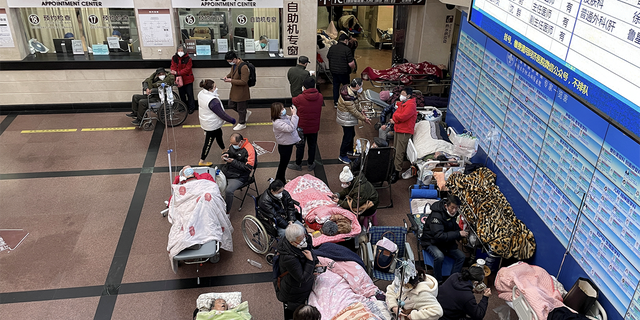China reopening borders after three years of ‘zero-COVID’
China started reopening its borders on Sunday and ending long quarantine requirements for travelers, putting one of the final nails in the coffin of the country’s draconian “zero-COVID” policy.
The reopening of land, sea, and air crossings comes even as an outbreak rips through China, forcing several countries around the world to place fresh restrictions on travel by Chinese citizens in recent weeks.
The U.S., South Korea, Japan, Australia, Italy, Canada, and others are requiring Chinese travelers to have a negative COVID-19 test before departing the country. Those new restrictions have drawn sharp rebukes from Chinese officials.
COVID-INFECTED CHINESE TOURIST CAUGHT IN SOUTH KOREA AFTER FLEEING QUARANTINE CENTER
Travelers between Hong Kong and mainland China are still required to have a negative COVID-19 test, a much lighter restriction than the time-consuming and expensive quarantine periods that were previously required.
“The goal is to get back as quickly as possible to the pre-epidemic normal life,” Hong Kong’s Chief Executive John Lee told reporters at a briefing on Sunday morning. “We want to get cooperation between the two sides back on track.”

The rollback of China’s “zero-COVID” strategy comes as international health officials press the country for more transparency on the scale of the outbreak it is experiencing.
Mike Ryan, the World Health Organization’s emergencies director, said this week that the numbers China has released “underrepresent the true impact of the disease,” including in ICU admissions, deaths, and hospitalizations.

Chinese hospitals and funeral homes have been overwhelmed by the surging case counts, with videos emerging on social media of crowded emergency room hallways and some citizens reportedly burning family members’ bodies outside in makeshift cremations.
The Associated Press contributed to this report.
Read the full article Here


